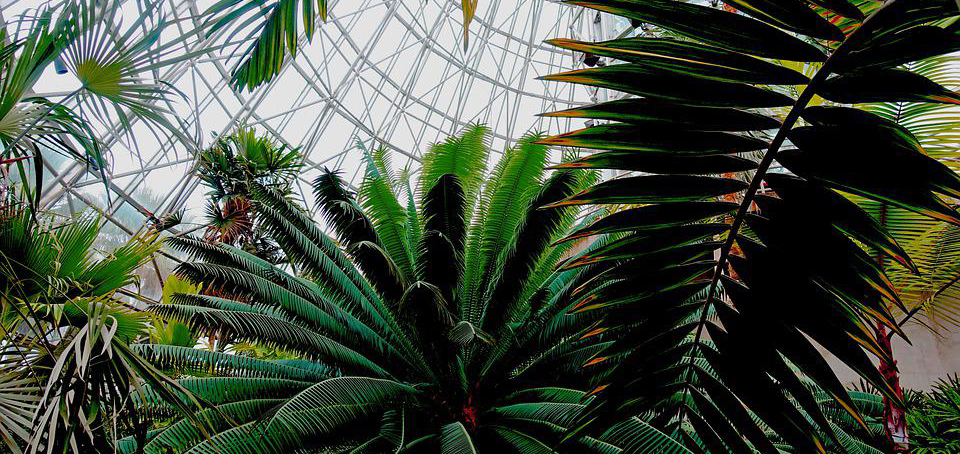Biosphere

|
The biosphere (biospheric) is a broad term that describes living organisms and their environment. It is often used as one of the four elements that describe the earth:
- Lithosphere.
- Biosphere.
- Hydrosphere.
- Atmosphere.
It has similarities with the term ecosphere which describes the global ecosystem and is the portion of the atmosphere in which it is possible to breathe naturally.
Biosphere is also often used to describe buildings that attempt to mimic the Earth's own systems by creating closed units that can be scientifically studied. These are more formally referred to biodomes which describes the typical building shape rather than the ecological system within it.
The first of such artificial systems to be built was the Biosphere 2, named as such acknowledging the Earth as Biosphere 1. It was built to investigate how Earth's ecological systems might be developed to function on other planets.
See also Biodome.
Somewhat confusingly the term biosphere is also used to describe designated open areas of land that are of significant ecological interest, where sustainable development balances conservation and people's lives (the conservation of biodiversity that includes human intervention and socio-economic activity). These are more formally called UNESCO Biosphere Reserves of which there are currently 714 areas worldwide (2022). There are some similarities to these and geoparks, although biosphere includes the total range of biotic and abiotic features whilst geoparks focus on the abiotc characteristics of a place. Bioparks, although significantly smaller in scale are more akin to the principles set out in biosperes.
Biomes is the more formal name for a community of vegetation and wildlife which has adapted to a specific climate, as such biosphere (human-made and natural) can have a number of different biomes, as can be seen with the Eden Project in the United Kingdom.
NB AR5 Climate Change 2014: Impacts, Adaptation, and Vulnerability, Glossary, published by the Intergovernmental Panel on Climate Change (IPCC) defines the biosphere as: The part of the Earth system comprising all ecosystems and living organisms, in the atmosphere, on land (terrestrial biosphere), or in the oceans (marine biosphere), including derived dead organic matter, such as litter, soil organic matter, and oceanic detritus.’
[edit] Related articles on Designing Buildings
Featured articles and news
Government consultations for the summer of 2025
A year of Labour, past and present consultations on the environment, the built environment, training and tax.
CMA competitiveness probe of major housing developers
100 million affordable housing contributions committed with further consultation published.
Homes England supports Greencore Homes
42 new build affordable sustainable homes in Oxfordshire.
Zero carbon social housing: unlocking brownfield potential
Seven ZEDpod strategies for brownfield housing success.
CIOB report; a blueprint for SDGs and the built environment
Pairing the Sustainable Development Goals with projects.
Types, tests, standards and fires relating to external cladding
Brief descriptions with an extensive list of fires for review.
Latest Build UK Building Safety Regime explainer published
Key elements in one short, now updated document.
UKGBC launch the UK Climate Resilience Roadmap
First guidance of its kind on direct climate impacts for the built environment and how it can adapt.
CLC Health, Safety and Wellbeing Strategy 2025
Launched by the Minister for Industry to look at fatalities on site, improving mental health and other issues.
One of the most impressive Victorian architects. Book review.
Common Assessment Standard now with building safety
New CAS update now includes mandatory building safety questions.
RTPI leader to become new CIOB Chief Executive Officer
Dr Victoria Hills MRTPI, FICE to take over after Caroline Gumble’s departure.
Social and affordable housing, a long term plan for delivery
The “Delivering a Decade of Renewal for Social and Affordable Housing” strategy sets out future path.
A change to adoptive architecture
Effects of global weather warming on architectural detailing, material choice and human interaction.
The proposed publicly owned and backed subsidiary of Homes England, to facilitate new homes.
How big is the problem and what can we do to mitigate the effects?
Overheating guidance and tools for building designers
A number of cool guides to help with the heat.
The UK's Modern Industrial Strategy: A 10 year plan
Previous consultation criticism, current key elements and general support with some persisting reservations.
Building Safety Regulator reforms
New roles, new staff and a new fast track service pave the way for a single construction regulator.
























